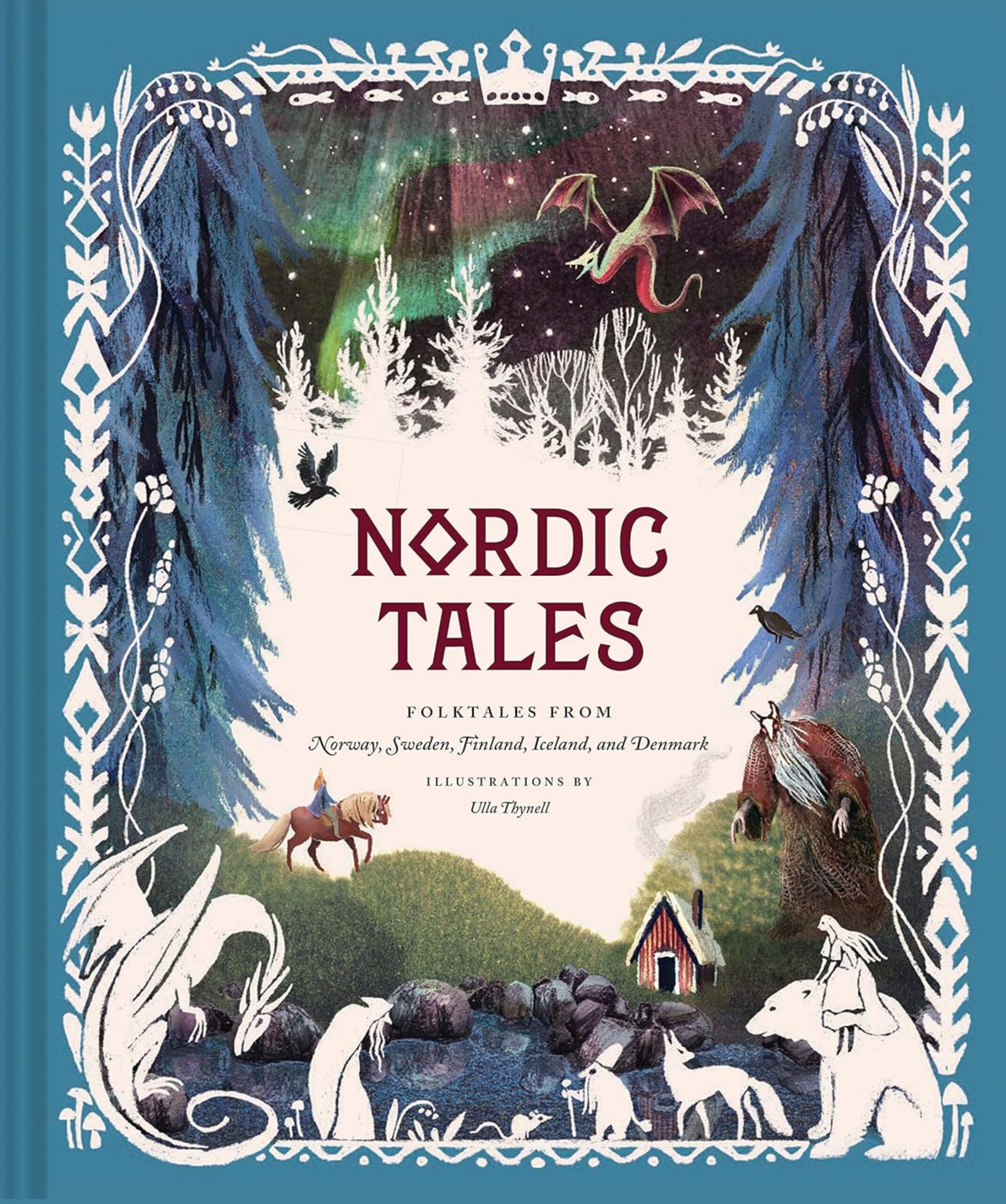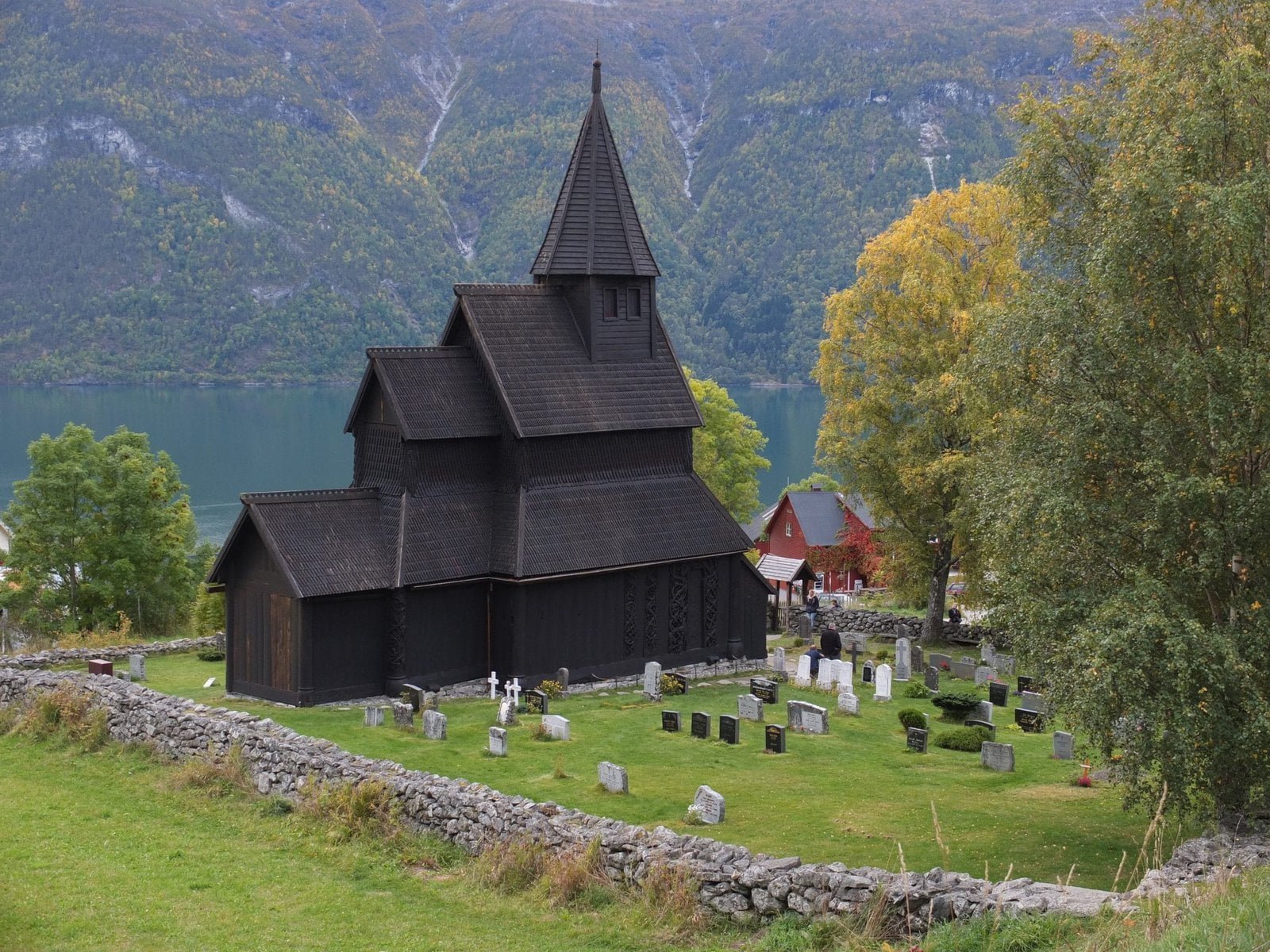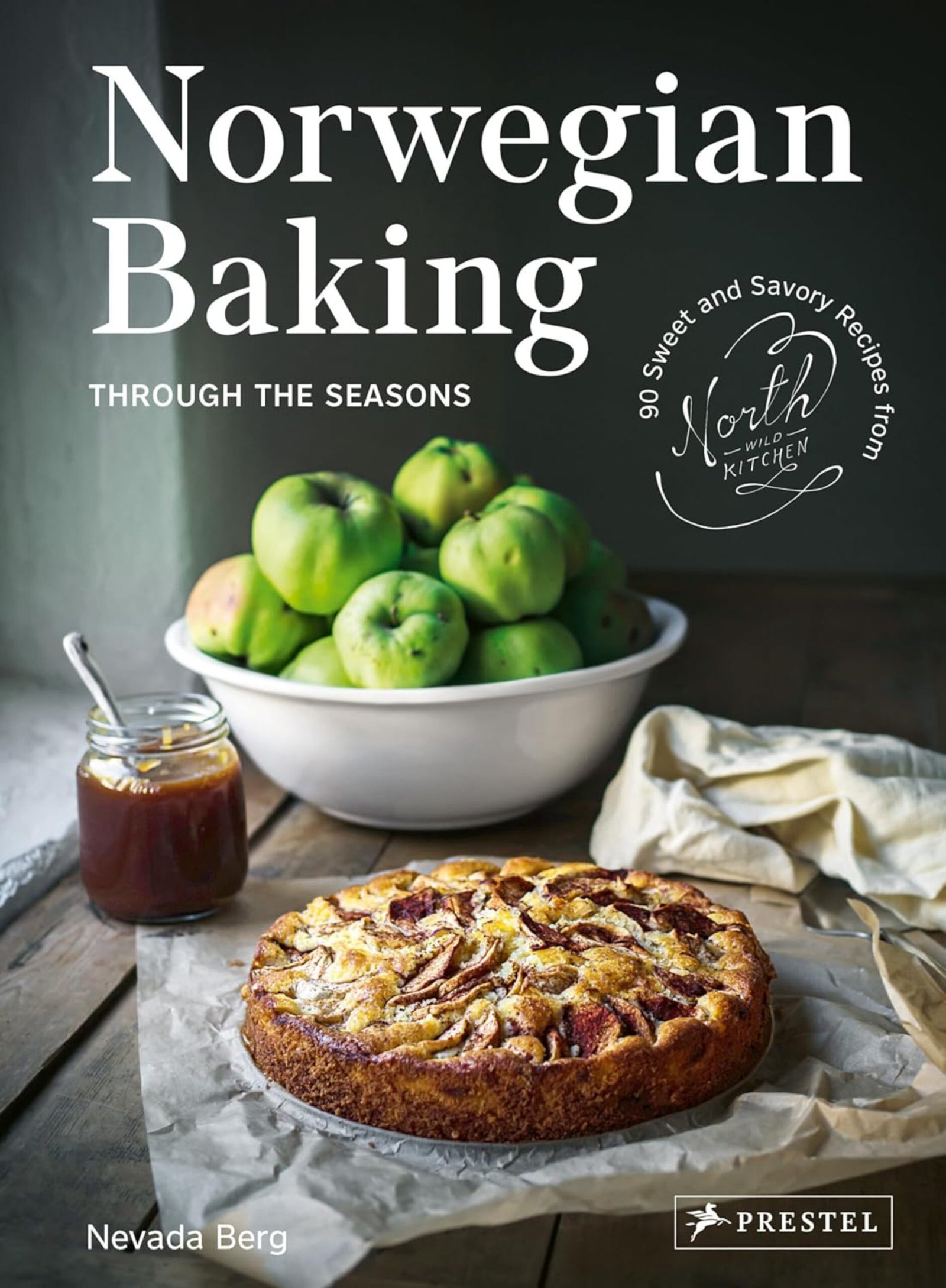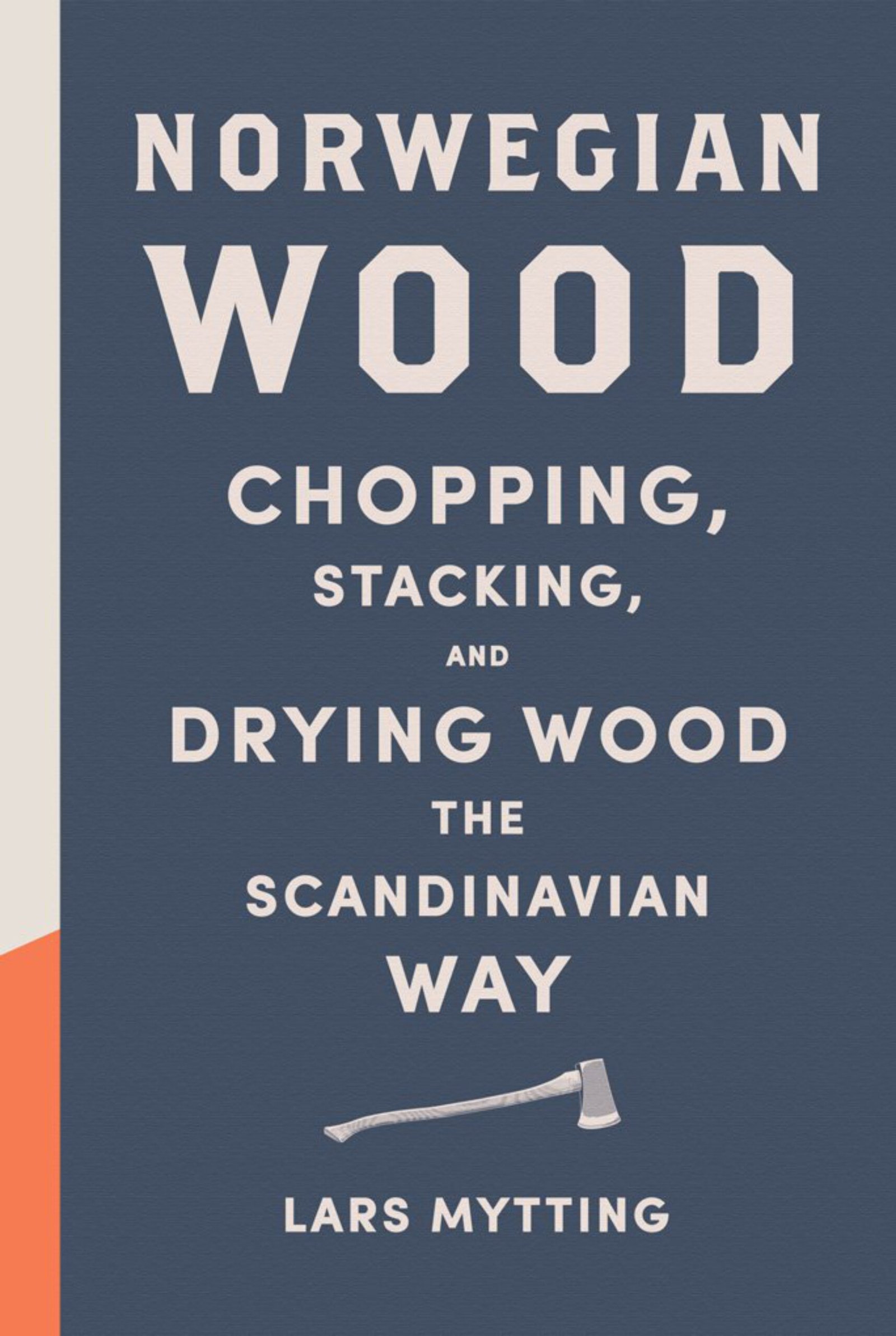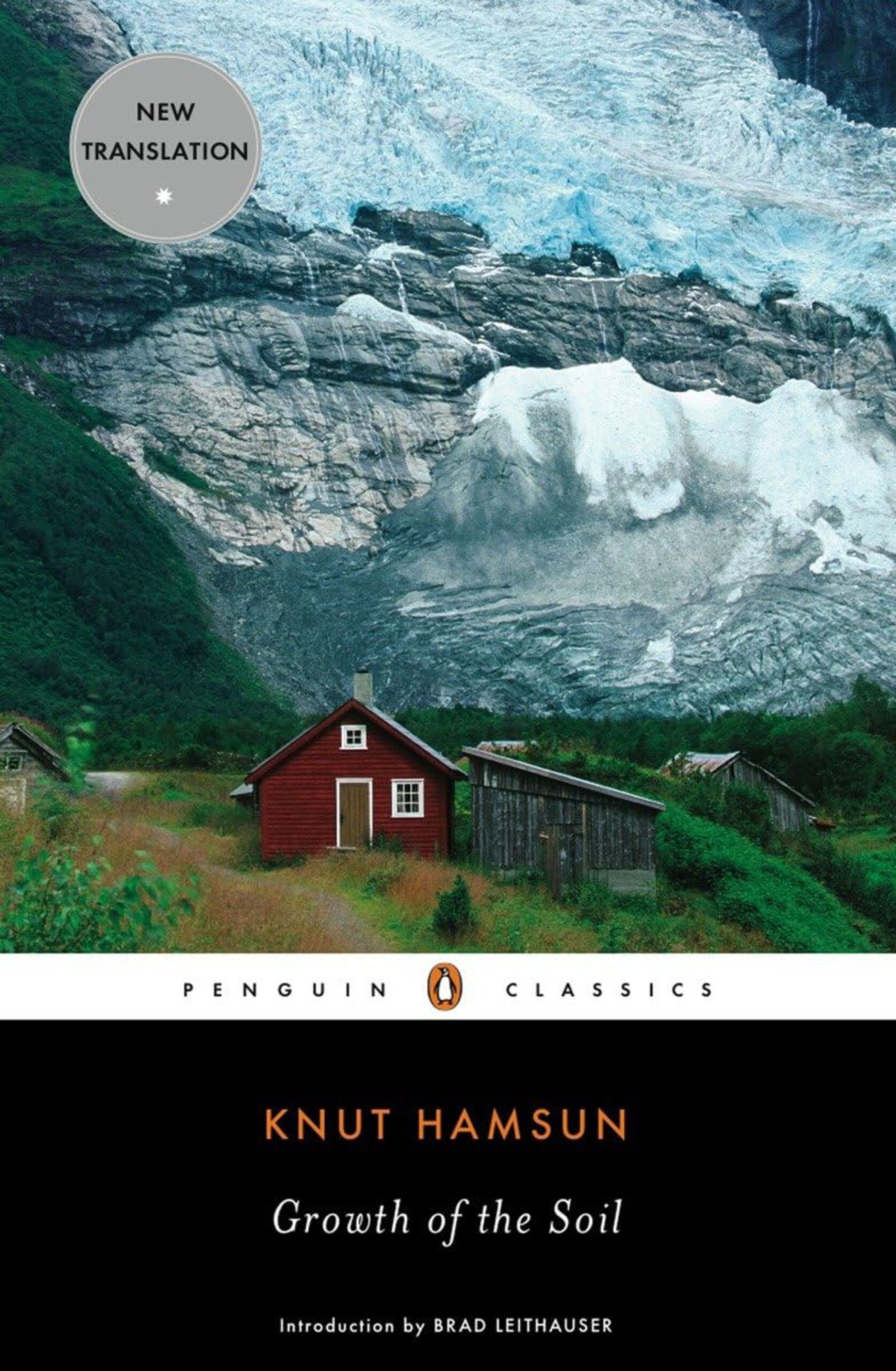The old log house technique
In 2002, Peter Kvernland Thomsen wrote a book about how to build wooden log houses; what the Norwegians call lafting. He estimates that 150 hours of training gives you the core skills needed for this age-old building technique.
Simple, robust, and warm
In Norway, log houses were the most common type of building all through the Middle Ages. Conceptually, the log house is simple, robust, and warm. 40% of mainland Norway consists of forests, and the often highly skilled builders had an abundance of building material to choose from. However, if you want your abode to last for a millennium, then you need more than just knowledge about how to build your house. It starts with the quality of the trees that you select – and the effort that you put into preparing the tree trunks. Herein lies the big secret of longevity.
The type of timber
The preferred type of timber is Pine, but you can also use the Norwegian Spruce. The trunks are normally tall, straight, and even. The builder begins the process by walking through the landscape, selecting the trees to use. Preferably in a south-facing slope. The best option is to get as much timber as possible from the same location. Older, slow-growing trees – with a good amount of space around them – are the best. They naturally have a high level of resin, which acts as a preservative, preventing the wood from rotting.
Enhancing the self-preservation process
In earlier times, they started preparing the trees while they were still standing in the forest. Often, over the course of several years. Along with the branches, the top was cut off – to limit the transport of fluid through the wood. Then, the bark was removed – all around the trunk – slightly less than one metre per year – starting from the bottom; preferably during the frost season. To get the best result, this process continued for seven years or more. By damaging the trunk in this way, the tree filled all parts of the wood with resin, trying to repair itself. The finished result – often referred to as ore-pine or cured pine – is the material that you usually find in the many ancient wooden buildings – in Norway and in other places around the globe. Wood that will last for a thousand years and more.
What if these old logs could talk – imagine the stories that they could tell us – about the string of generations that came and went – and the skills that they had.
Main source: «Lafteboka» by Peter Kvernland Thomsen – Tun Forlag 2002.
